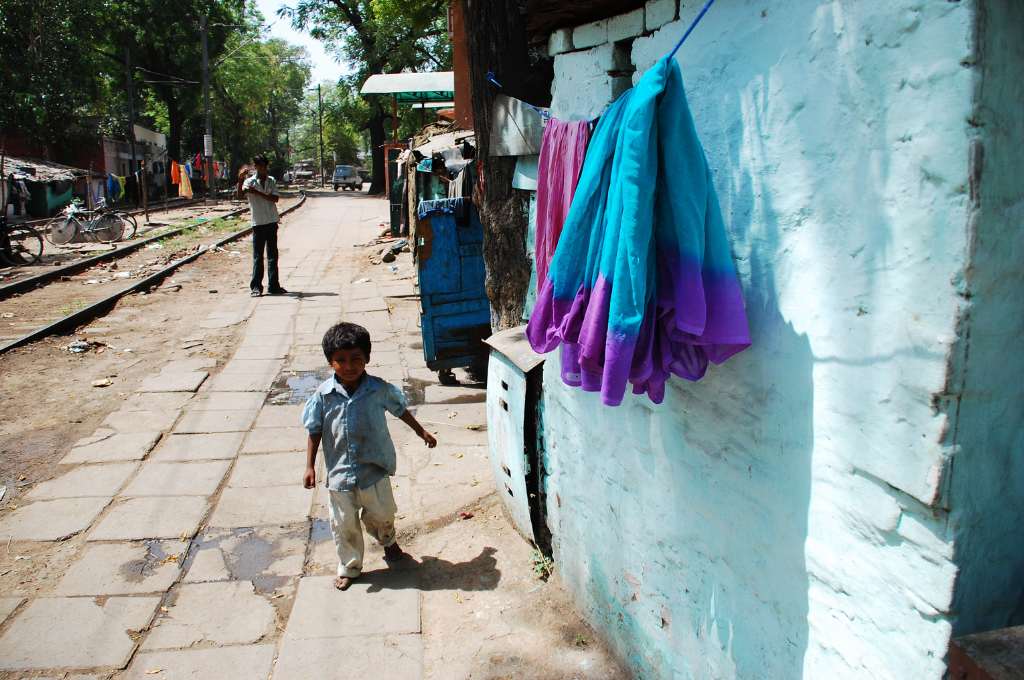Depending upon the state, between 50 to 80 percent of health expenditure is incurred by residents, from their own pockets, when they go out to seek healthcare for themselves and their families.
The healthcare sector which provides healthcare in exchange for these expenditures, largely comprises individual providers operating either on their own or under the umbrella of hospitals and clinics. More than 90 percent of these establishments have fewer than five employees. It is well understood that such a ‘free market’ arrangement does not lead to good health outcomes.
However, in the absence of a stronger commitment of funds from the government, or of any other insurance arrangements being in place, citizens, both from upper- and lower-income families, have little choice but to fall back on the ‘open-market’ to provide them with the bulk of their healthcare.
Even as efforts are ongoing to persuade various state governments to provide added allocations for healthcare and build alternate arrangements that allow people to purchase care, there is an urgent need to explore pathways which attempt to change the value that consumers derive from this free market.
Free market healthcare leads to ineffective health outcomes
For several reasons, a good direction for any health system is towards more comprehensive primary care, which is provided by generalists in settings that are easily accessible to patients. Unfortunately, the evidence is that in free market environments—where patients are free to make any choices that they want—health systems tend to progress in the opposite direction, and towards models in which patients delay care, use specialists for their routine care, and overuse hospitals and inpatient care.
A good direction for any health system is towards more comprehensive primary care, which is provided by generalists in settings that are easily accessible to the patients.
This, in turn, leads to the poor development of much-needed primary care solutions, while hospitals get more and more crowded with excess demand, leading to the creation of more hospital capacity wherever there is the capacity to pay. This further exacerbates the problems of an already poor health systems design, leading to poor and cost-ineffective health outcomes. There is strong evidence of this in the upper-income states of India such as Kerala, Tamil Nadu, and Punjab, and any efforts that are undertaken to shift this equilibrium will very much need to “lean against the wind”. Some of these steps could include for example, instituting gatekeeping at the primary care level before consumers are permitted to access higher levels of care.
It is still possible to shape the direction of private healthcare
Despite the difficulty of the challenge, India does have several potential opportunities that are still available to help shape the direction that the private sector takes. Our historical cultural traditions, such as the active use of home remedies and Ayurvedic preparations to treat most ailments, predispose us towards primary care. There is also the reality that, in the absence of health insurance, most forms of hospital care are challenging for people to pay for, and are therefore avoided unless absolutely necessary; sometimes, sadly, even when necessary, because of inability to pay. This has also meant that the hospital infrastructure has not been built up in remote areas forcing people to resort to primary care solutions, sometimes even when they really do need more advanced hospital care.
India does have several potential opportunities that are still available to help shape the direction that the private sector takes.
And, if there is an engagement with the allopathic system, it is often in the form of direct outreach to a local pharmacy from where they obtain guidance and medicine directly from the person selling the medicines instead of bothering to see a doctor, often leading to overconsumption of irrational care in the form of multiple types of cough syrups, and unnecessary and often harmful antibiotics. There is also a large network of formal, nonprofit and for-profit, primary care providers and family-owned nursing homes in smaller towns which run active outpatient departments but, at the moment, provide a very narrow range of services to a small segment of the population.
All of these characteristics present a clear opportunity to shape the behaviour of the private sector even in the current out-of-pocket payment environment. There is little evidence that better-informed consumers make better healthcare choices, in part because modern healthcare has become more and more complex and also because our choices are being dictated potentially by deeper evolutionary instincts which programme us for a much higher level of self-confidence than is warranted. Therefore strategies that ‘educate the customer’ are unlikely to have a significant impact on their own.
Private sector startups are already experimenting with different models
Swasth Foundation, a primary healthcare nonprofit is attempting, for example, to build the capacity of the large existing network of primary care providers and smaller clinics and nursing homes nationally. It uses a membership model to offer them access to advanced technologies, training from specialists, and to referral support. With this support, primary care providers are able to provide a much wider range and higher quality of healthcare services to their patients thus improving their own financial sustainability, while simultaneously improving the services that they provide.
And, while more research on this question is necessary, such an approach may also lead to a stronger and more stable relationship between patients and their primary care providers and persuade patients to stop going either straight to specialists and hospitals or to lower-quality providers. Such an approach could also be combined with suitable nudges to healthcare providers to standardise their offering, and a ‘whole patient’ long-term-relationship based approach. There are also some interesting trends around specific conditions and disease areas, such as cancer, dental care, and eye care, where non-hospital-based private sector start-ups have seen a measure of success in serving already-ill patients, and in building their own sustainability. It is not yet clear though if they are simply a way to reduce costs of access to specialist care in the current out-of-pocket environment, or a more durable and beneficial pathway to organise chronic care.

There are lessons we can learn from other countries
Many countries, even those with strong pooling and prepayment systems, have pursued a radically different approach, and instead of trying to persuade consumers to stop going to pharmacies, have sought to build a much stronger value-added proposition at the level of the pharmacy itself.
In Portugal for example, pharmacies are seen as active partners in public health, and the law permits them to offer, in addition to medicines, a wide range health and well-being services which include, among other things, the independent prescribing of medicines. In South Africa, pharmacists with a qualification in Primary Care Drug Therapy (PCDT), obtained after a two-year course, are legally permitted to provide a range of primary care services, including the prescribing of tests and medicines.
Another approach would be to understand some of the barriers facing patients so that they can access primary care from the private providers more easily. Perhaps one of the most important ones is smooth access to credit and savings services. Emergency medical loans are now available from multiple sources but are an expensive resource. A better, more affordable option is the designated medical savings account, which has become an essential part of Singapore’s health system financing strategy.
The way forward
While it is clear that improved pooling and prepayment, ideally through increased allocations from the government, are the eventual way forward for us as a country, the reality that we as consumers of healthcare face is that of an ever-increasing burden of out-of-pocket expenditure. Even as efforts to persuade state governments to increase their contributions continue, it becomes imperative to explore pathways for improving the value the consumers derive from their out-of-pocket expenditures by suitably shaping the health system.
—




